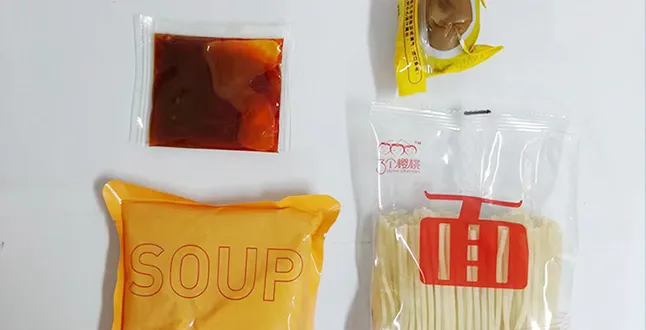italian egg noodles
The Art of Italian Egg Noodles A Culinary Tradition
Italian cuisine is renowned for its rich flavors and diverse dishes, but one of its most beloved staples is egg noodles. Known for their delicate texture and ability to absorb flavors, Italian egg noodles bring an authentic touch to a myriad of recipes. This article will delve into the history, preparation, and cultural significance of Italian egg noodles, as well as explore some delicious dishes featuring this versatile ingredient.
A Brief History
Egg noodles have a long-standing history in Italy, dating back to the Middle Ages. The early forms of pasta were often made with simple ingredients such as flour and water, but as techniques evolved, eggs were introduced to enhance flavor and texture. Egg noodles became particularly popular in northern regions of Italy, where the climate was conducive to wheat cultivation and the production of high-quality flour.
In Italian, these noodles are referred to as pasta all'uovo, which translates to egg pasta. The use of eggs not only adds richness but also provides a beautiful, golden hue to the noodles. Different regions of Italy have their own unique variations of egg noodles, each employing distinct shapes and cooking methods that reflect local traditions and ingredients.
The Art of Making Egg Noodles
Creating homemade Italian egg noodles is a rewarding process that requires only a few key ingredients flour, eggs, and a pinch of salt. The most common type of flour used is 00 flour, which is finely milled and produces a smooth, elastic dough.
To begin, a mound of flour is formed on a clean surface, creating a well in the center for the eggs. A couple of large eggs—typically one egg for every 100 grams of flour—are added to the well along with a pinch of salt. Using a fork, the eggs are gently whisked, gradually incorporating the flour until a shaggy dough forms.
italian egg noodles

Kneading is the next crucial step. The dough is worked by hand for about 10 minutes until it becomes smooth and elastic. Once kneaded, it should be wrapped in plastic wrap and allowed to rest for at least 30 minutes. This resting period lets the gluten relax, making it easier to roll out.
After resting, the dough is rolled out using a pasta machine or a rolling pin to the desired thickness. Italian egg noodles can be cut into various shapes, such as tagliatelle, fettuccine, or lasagna sheets. These noodles cook quickly in boiling salted water, usually taking just a few minutes.
Culinary Applications
Italian egg noodles are incredibly versatile, serving as a base for countless dishes. One popular dish is Fettuccine Alfredo, where the noodles are tossed with a creamy sauce made from butter and Parmesan cheese. The noodles’ smooth texture perfectly complements the richness of the sauce.
Another classic dish is Lasagna, which uses wide sheets of egg noodles layered with meat, cheese, and marinara sauce. The addition of egg noodles elevates traditional lasagna, providing a delightful chew and flavor that is unmatched.
For a lighter option, consider preparing Tagliatelle with Wild Mushroom Ragu. Sautéed mushrooms and aromatics create a flavorful sauce that clings beautifully to the ribbon-like noodles. Finished with a sprinkle of fresh parsley and grated Parmesan, this dish highlights the natural flavors of both the pasta and the mushrooms.
Conclusion
Italian egg noodles are not just a simple ingredient; they are a reflection of culinary tradition and craftsmanship. From their historical roots to the careful process of making and cooking them, egg noodles are an integral part of Italian cuisine. Whether enjoyed in a hearty lasagna or a delicate fettuccine dish, these noodles elevate any meal. With a little practice, anyone can master the art of making homemade egg noodles and bring a taste of Italy to their kitchen. So, roll up your sleeves and embrace the wonderful world of Italian egg noodles; your taste buds will thank you!
-
Unleash Your Inner Chef with Delectable Italian Pasta CreationsNewsAug.01,2025
-
Savor Health and Flavor: Irresistible Soba Noodles for Sale Await!NewsAug.01,2025
-
Nourish Your Body with Premium Organic Ramen - A Culinary Delight AwaitsNewsAug.01,2025
-
Elevate Your Dishes with Our Exquisite Kinds of Egg NoodlesNewsAug.01,2025
-
Dive into Flavorful Convenience with Our Ramen OfferingsNewsAug.01,2025
-
Discover Exquisite Types of Naengmyeon and Chilled Soba NoodlesNewsAug.01,2025
-
Is Whole Wheat Pasta Healthy?NewsMay.30,2025
Browse qua the following product new the we

















































































































